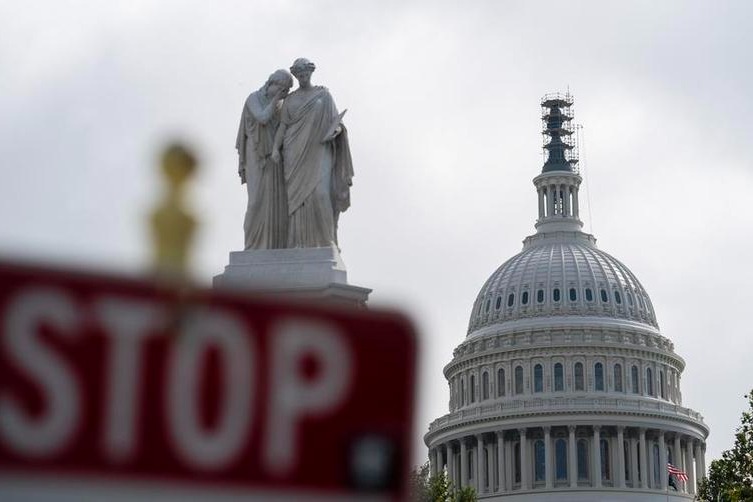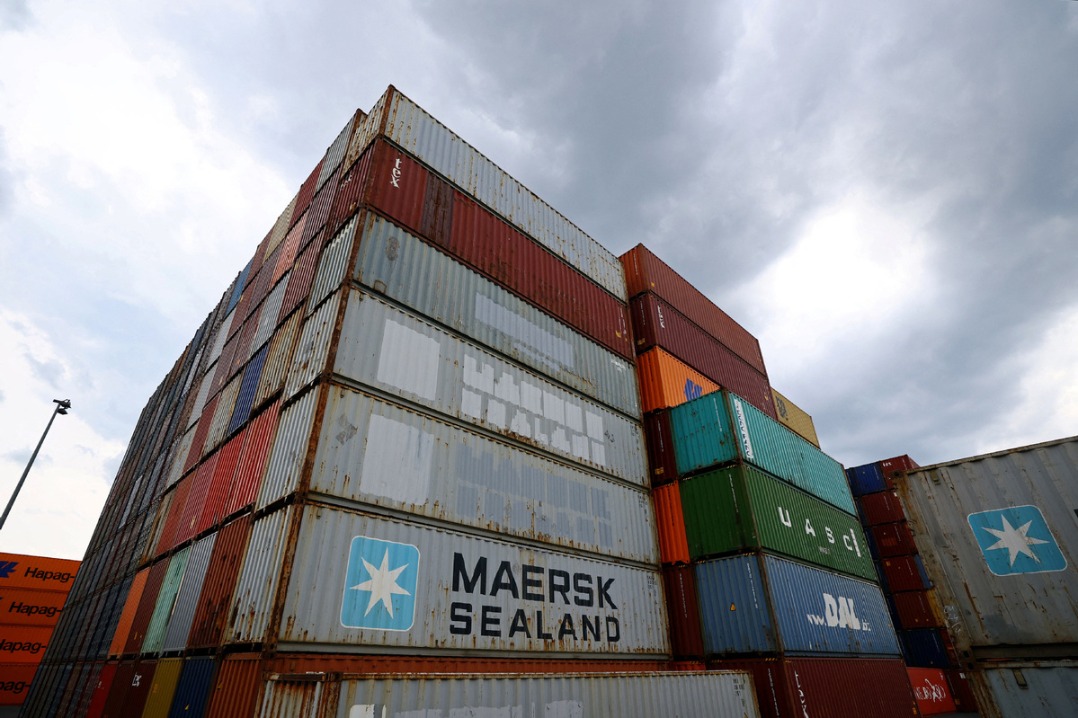Manufacturing rebound in US faces obstacles

US President Donald Trump has vowed that tariffs will help boost investments in factories and restore manufacturing jobs to regions like the Midwest, which relied on such work decades ago.
In some parts of the country, like the Rust Belt, manufacturing provided millions of jobs in the years after World War II, especially for men without a college degree.
"The president wants to increase manufacturing jobs here in the United States of America," White House press secretary Karoline Leavitt said in April. "He wants them to come back home."
While manufacturing jobs in the US accounted for about 22 percent of the workforce in 1979, they dwindled to 8 percent last year.
New manufacturing workers also would have to be trained to work in modern, digital factories, according to one expert.
"Manufacturers recognize that the workforce is evolving," Manufacturing Institute President and Executive Director Carolyn Lee said in a statement. "Pandemic-driven shifts have already created hundreds of thousands of new jobs, and now we are seeing increased demand for digital skills that need to be met or risk further widening of the talent gap."
US Commerce Secretary?Howard Lutnick told CBS News on April 6: "The army of millions and millions of human beings screwing in little screws to make iPhones — that kind of thing is going to come to America.
"The tradecraft of America, our high school-educated Americans, the core to our workforce, is going to have the greatest resurgence of jobs in the history of America, to work on these high-tech factories, which are all coming to America," he said.
The Trump administration has said repeatedly that it aims to lessen dependency on foreign countries.
Since the 1980s, much manufacturing has moved to Asia, to take advantage of lower costs. Asian countries have put manufacturing at the heart of their operations for decades.
In 2020, manufacturing jobs in China accounted for approximately?28.7 percent of the workforce — a number similar to the heyday of US manufacturing nearly five decades ago.
Additionally, China has invested heavily in automated factories and has more of those than the US, Germany and Japan, The New York Times reported. The United States ranks 10th among the most automated countries in manufacturing.
In North America,?robot density is 197 units per 10,000 employees — up 4.2 percent, the International Federation of Robotics said. The cost of robots also has dropped.
US manufacturing is facing other changes. Baby boomers who had been stalwart workers are retiring. Younger people prefer to go to college rather than work in manufacturing, data shows.
Immigrant workers are not as readily available due to Trump administration policy changes. That could lead to 1.9 million unfilled manufacturing jobs by 2033, according to a 2024 report by Deloitte and the Manufacturing Institute.
There were 482,000 manufacturing job openings as of February, according to the Job Openings and Labor Turnover Survey.
Mary Lovely, a professor emeritus of economics at Syracuse University and senior fellow of the Peterson Institute for International Economics in Washington DC, told China Daily that tariffs are often touted by politicians as a good idea because they contend "that China has not adhered to global trade rules by unfairly subsidizing its manufacturing sector".
"This view leads people to think that trade is unfair to domestic producers and workers and to see tariffs are justified," she said.
The National Bureau of Economic Research noted in 2024 that "the trade-war has not to date provided economic help to the US heartland: import tariffs on foreign goods neither raised nor lowered US employment in newly-protected sectors and retaliatory tariffs had clear negative employment impacts".
The US Bureau of Economic Analysis reported on Wednesday that the economy shrank at a 0.3 percent annual rate from January through March, the first drop in three years. Last year, the economy expanded at a 2.4 percent rate.
Consumer spending also slowed in the first quarter, growing at a 1.8 percent annual rate, down from 4 percent in October through December 2024.
Several companies have announced billion-dollar investments in American manufacturing.

































